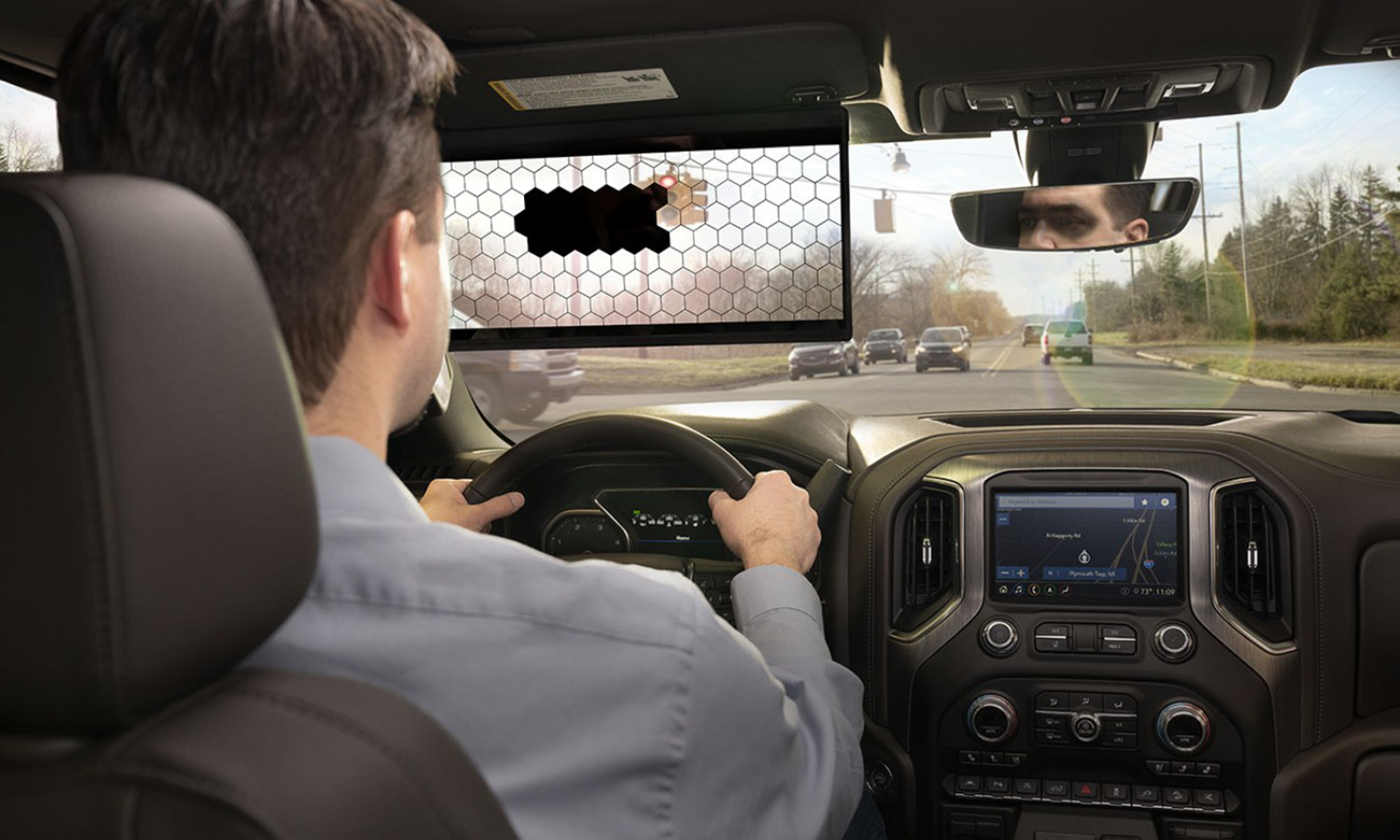- YouTube
- TikTok
Innovative Shade
Jason Zink and his team at Bosch are changing the driving experience

Jason Zink, SECS ‘17, is leading a team of Bosch researchers to develop the Virtual Visor. Photo Credit: Courtesy of Bosch
Jason Zink, SECS ‘17, technology expert at Bosch, is overseeing the development of the mechanical, electrical and software aspects of an innovative automotive visor.
“When we started working on the Virtual Visor,” explains Zink, “we set out to find a solution that would be able to block out the sun, but allow the most transparency to be able to see street lights and other cars.”
The idea came from Zink’s colleague, Ryan Todd, who was driving to Bosch’s weekly innovation meeting, when the sun shone directly into his eyes. Pulling down the standard, bulky visor, Todd found it impeded his vision and would later pitch the idea for a virtual solution. “We are replacing the traditional sun visor with a transparent LCD screen that allows us to selectively block out any part of the visor while keeping the rest transparent,” says Zink.
The screen works in tandem with a camera inside the car. It allows the screen to identify where the driver is located and will continuously analyze important landmarks on their face, eyes, nose, etc., and identify where shadows are being cast.
“By understanding where the shadows are,” says Zink, “we can work backwards and figure out where the light is coming into the vehicle. Knowing those two things, we can intelligently select a minimum portion of the visor to block out and leave roughly 90 percent of the visor transparent.”
The Virtual Visor’s screen is broken up into a grid of hexagons. Depending on where the shadows are cast, light blocking crystals would fill the corresponding hexagons, making them opaque to provide the driver with shade needed to drive unimpaired, but still have optimal sight on the road.
Virtual Visor’s initial pitch happened in July of 2016. Four years later, the team has developed several prototypes. It has gone through several phases, from Zink’s team pulling an LCD screen from a computer monitor, to putting self-darkening welding mask LCDs into a more advanced prototype that Zink and his team were able to present at the Consumer Electronic Show (CES).
Discover more innovative opportunities offered with a degree from the School of Engineering and Computer Science.


 November 20, 2020
November 20, 2020 By Michael Downes
By Michael Downes

